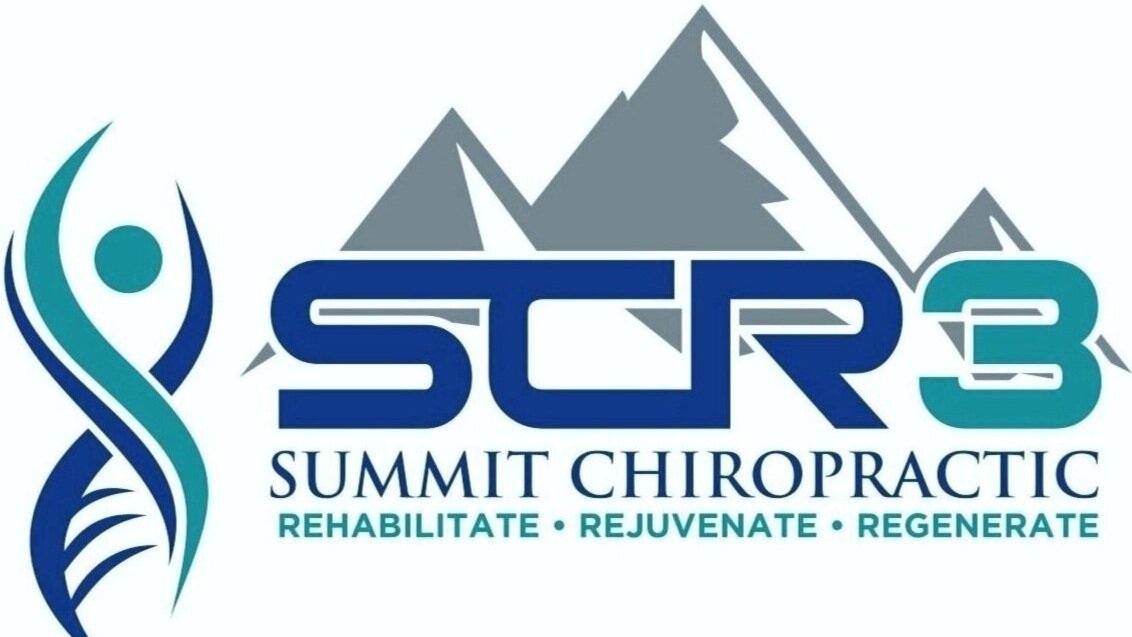
Neck Pain
Neck pain is one of the major causes of disability in the United States. There are many different reasons that we can have neck pain. Luckily, current research indicates that the majority of neck pain can be treated successfully without drugs or surgery. Listed below are some of the common causes of neck pain that we treat in the office.
Muscle Strain
One of the most common reasons that we get acute pain in the neck. The occurs when the load placed on the cervical spine muscles is more than what they are accustomed to, leading to an overload beyond their capacity. This results in pain along the neck, as well as tightness and soreness in the muscles next to the spine and/or shoulder.
Disc Herniation
Another common culprit in neck pain is the intervertebral disc. The intervertebral discs are in between the bones of the vertebral column. They have two different components to them; the annulus fibrosis and the nucleus pulposus. The annulus runs around the disc and is very tough. The nucleus pulposus in the inside of the disc. The Nucleus pulposus houses a gelatinous material which aids our body’s natural shock absorption mechanism. If the annulus fibrosis is overloaded, then the gelatinous material of the nucleus pulposus can herniate through it. This can sometimes be the cause of acute pain both in the neck and running down the arm as pressure is placed on nerve roots emanating from the cervical spine. It is important to recognize the most of these instances do not require drugs or surgery to become better. In fact, with proper education, therapies, and active rehabilitation, the majority of disc herniations will heal and resolve.
Mechanical Neck Pain
This neck syndrome is characterized as a provocation of symptoms when moving in a certain direction. The most common direction that provokes symptoms is protruding the head forewards. Biomechanically speaking, this reverses the cervical curve, and can place significant stress on the connective tissues of the neck including the ligaments and disc tissues. Treatment for directionally responsive neck pain consists of repetitive movements in a specific direction. This specific direction is called your direction of preference and can be found by performing a proper mechanical evaluation.
Neck Arthritis
Much of our understanding of arthritis and other forms of degenerative joint disease (DJD) has changed over the years. It is now widely know that degenerative changes in the neck (as well as other locations such as the back and knees) is a normal part of the aging process. These changes in joint spacing and shape are present in both individuals experiencing pain, as well as individuals not experiencing any pain at all. Certain treatments such as spinal manipulative therapy, and also rehabilitative exercise can help to restore normal range of motion, as well as decrease neck stiffness associated with arthritis. These two therapies can be assisted by other therapies such as acupuncture to get the results you need to get back to doing what you love.




